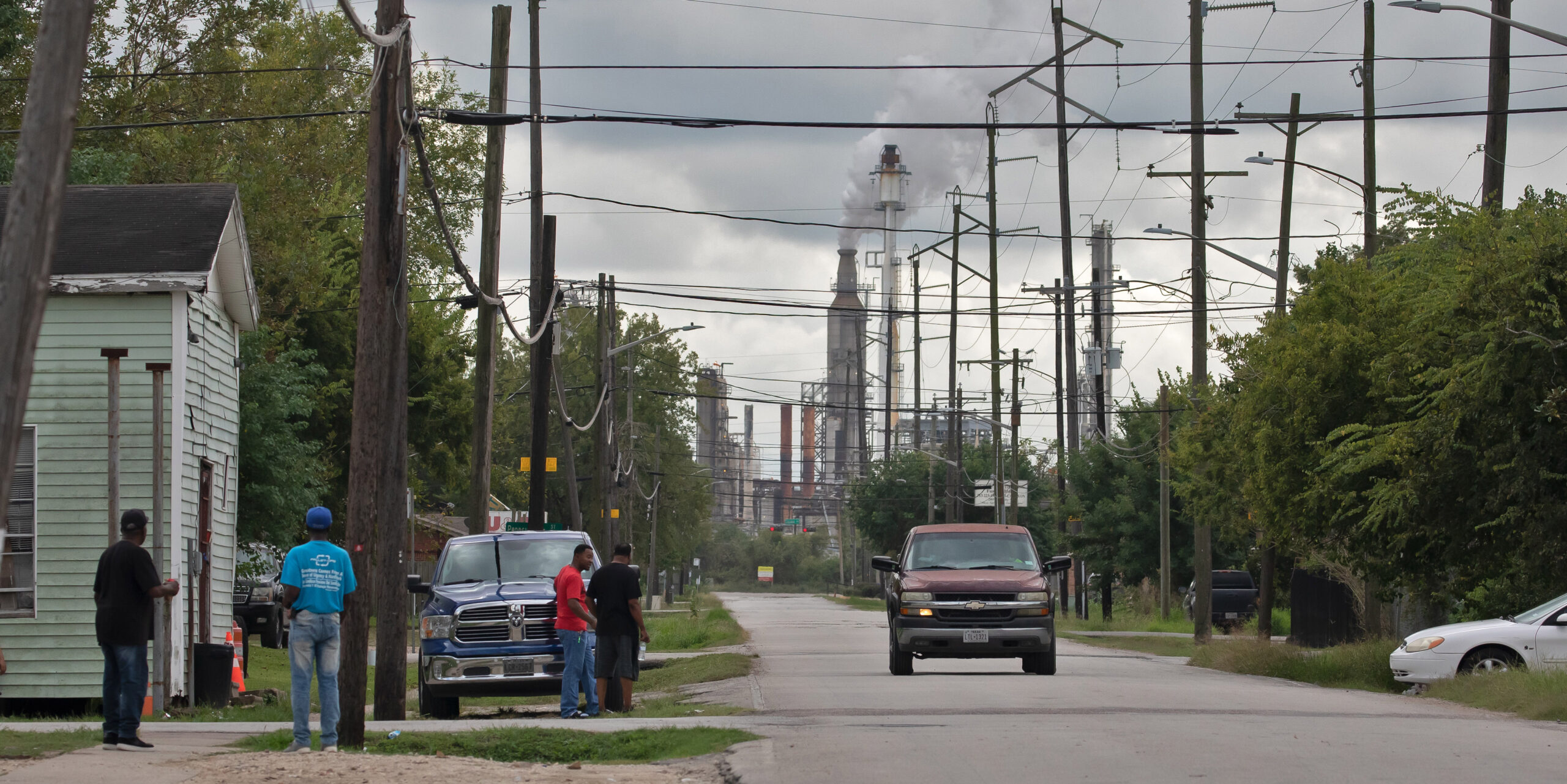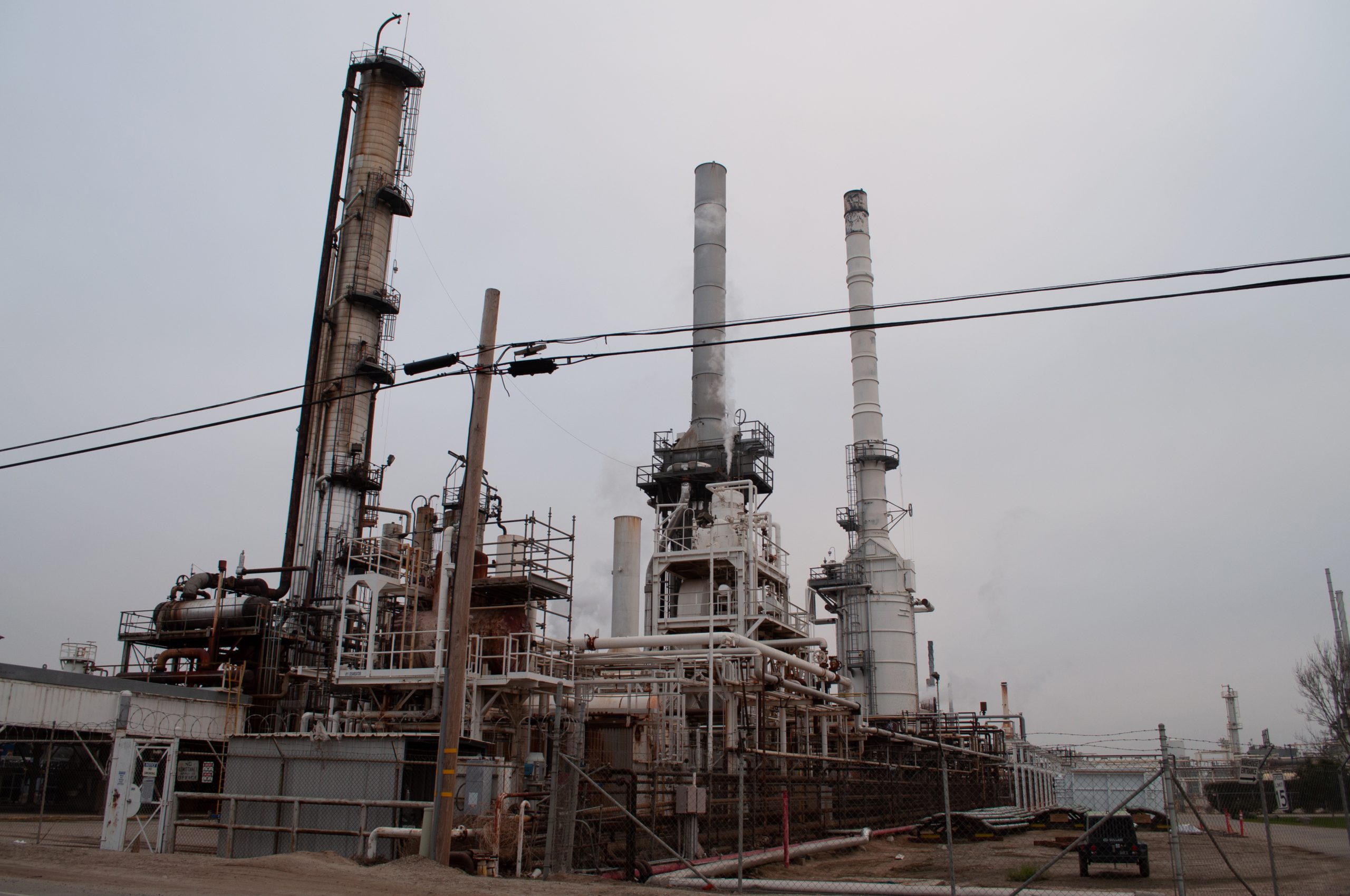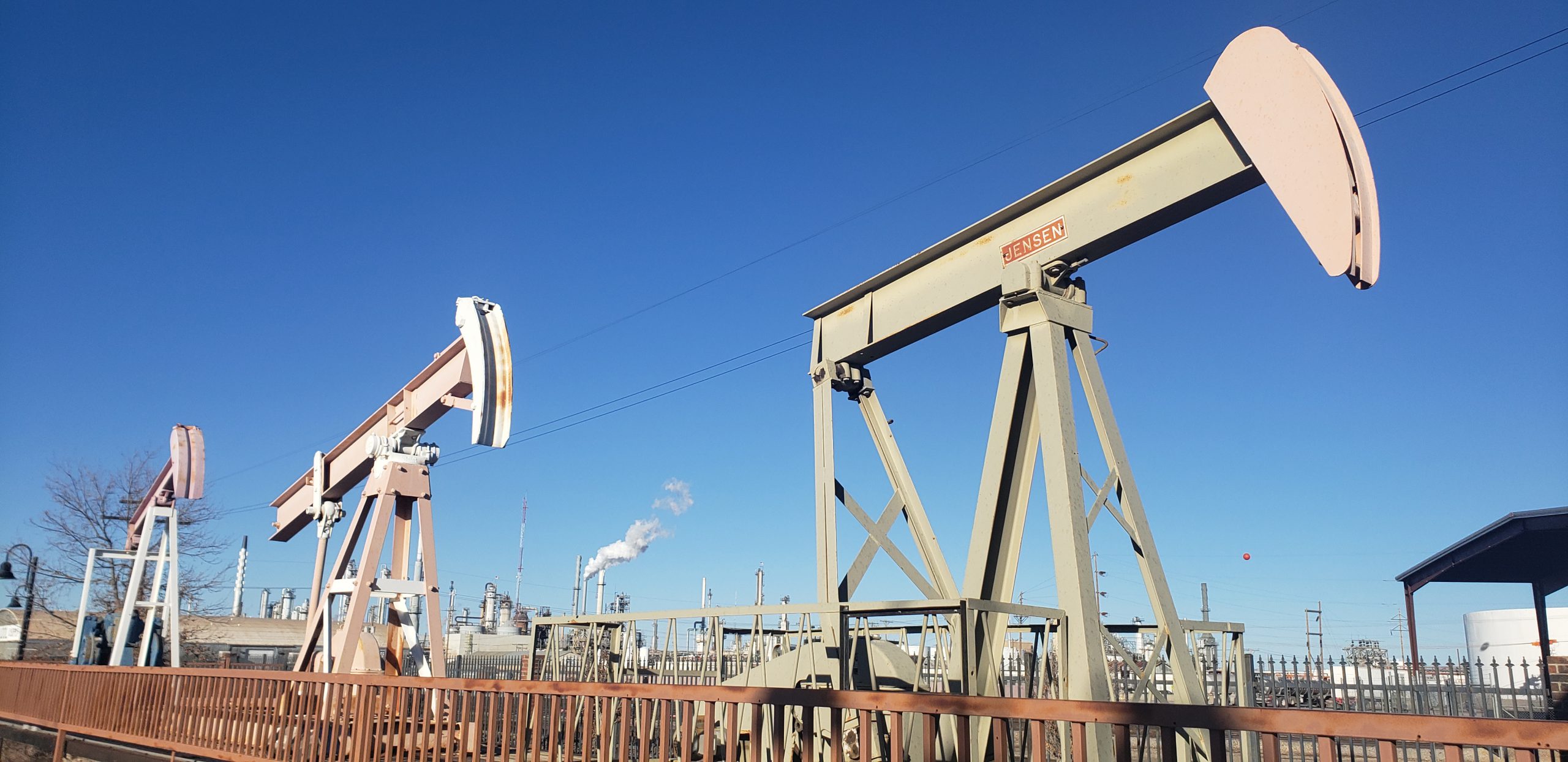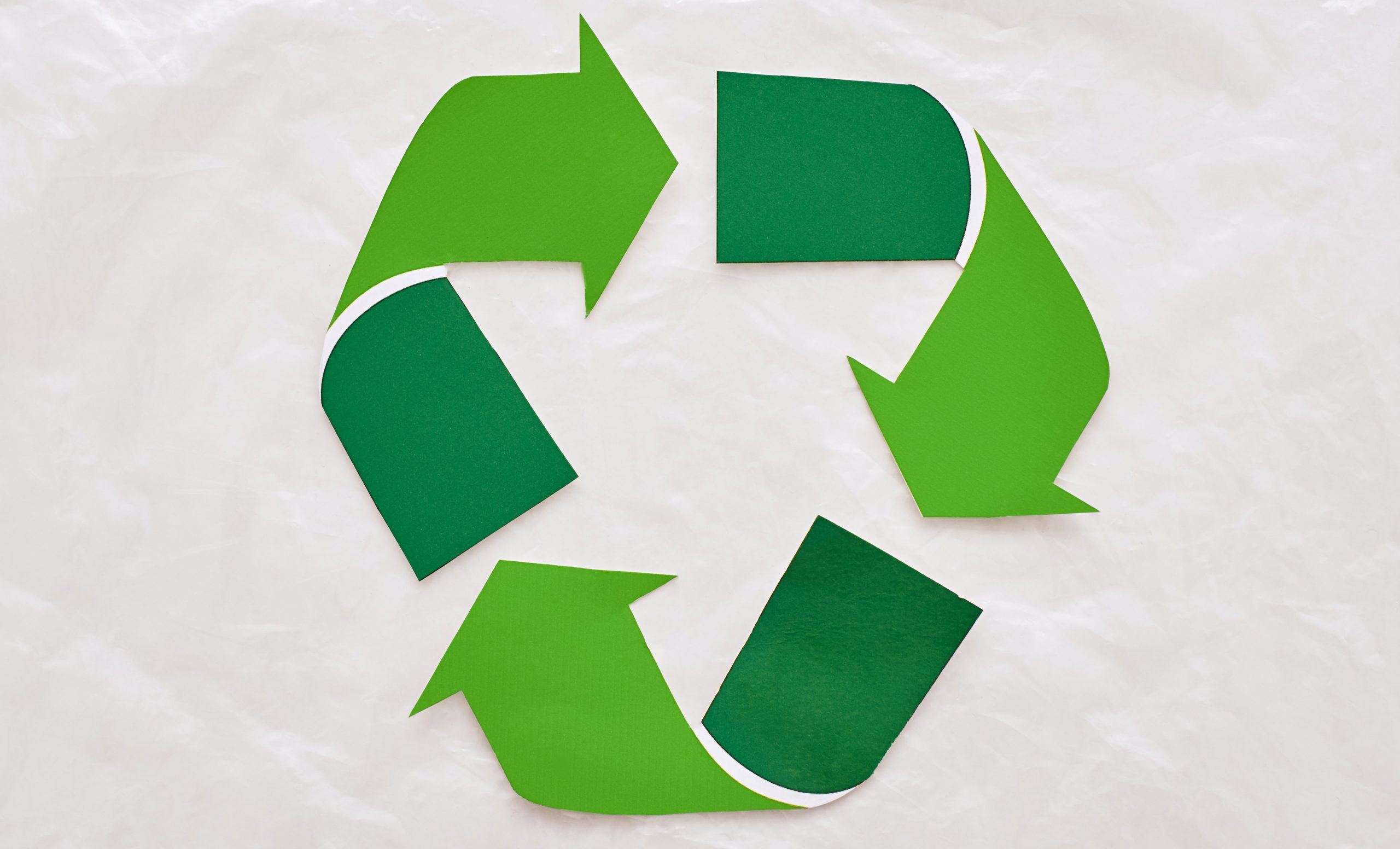
The night I got caught in a Texas chemical release
Public Health Watch Reporter David Leffler tells about his late-night drive with community advocate Juan Flores as they searched for the source of a toxic leak.


Public Health Watch Reporter David Leffler tells about his late-night drive with community advocate Juan Flores as they searched for the source of a toxic leak.

If you were a Congressman in the early 1970s, you were probably scared of the late Rep. Wayne Hays (D-Ohio). You definitely hated him. His dominance in Congress has had lasting effects on how elections are monitored today.

Following the Watergate scandal, Congress introduced the Federal Election Commission (FEC) in an amendment to existing campaign finance regulations. An independent agency that would enforce campaign finance law, the FEC officially opened for business in April 1975.

Groundwater levels in and around Louisiana are falling faster than almost anywhere else in the country, according to USGS data and an investigation by IRW and WWNO/WRKF.

Kenosha, WI helped give Donald Trump a slim margin of victory in 2016, a win that can be traced in part to the healthy majority who years ago supported the Kennedys versus racist former Alabama Gov. George Wallace.

More insidious than visible eyesores like discarded bottles and takeout containers, tiny plastic pellets have escaped into waterways by the countless billions as a result of failures by industry.

Nearly 250 women have been fatally shot by police since 2015, when The Washington Post began tracking police shootings nationwide. While women represent a small subset of the 5,600 fatal shootings overall, they are also often overlooked. Many of them were in their homes when they were killed.

The American Lung Association ranks Bakersfield, Calif., as the most polluted city in the nation for average annual levels of dangerously high particle pollution. The city is second for short-term pollution spikes, a ranking Bakersfield has held in eight out of the last 10 reports.

State regulators for more than a decade allowed a New Mexico refinery to delay fixing leaky equipment that was releasing toxic gases, including high levels of the carcinogen benzene.

Some materials are recycled at relatively high levels, but for plastic the rate is just eight percent. Another 16 percent is incinerated, and the remaining 76 percent ends up in landfills.